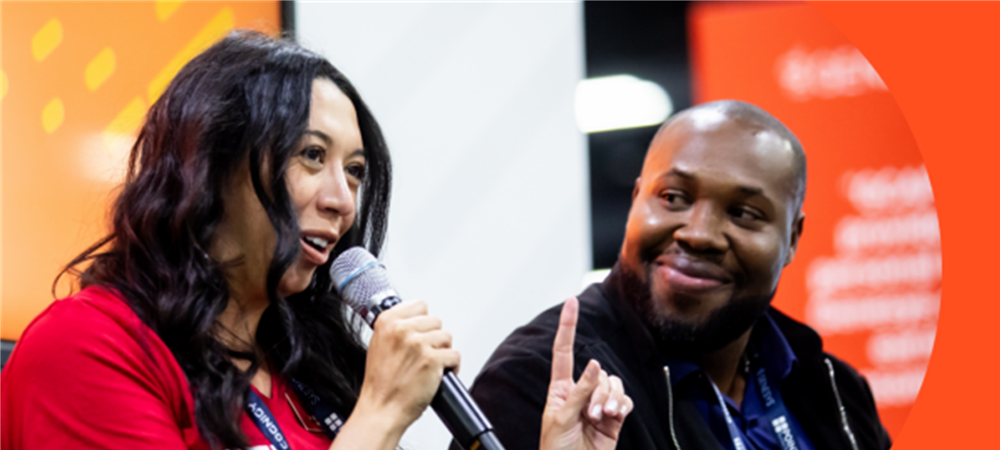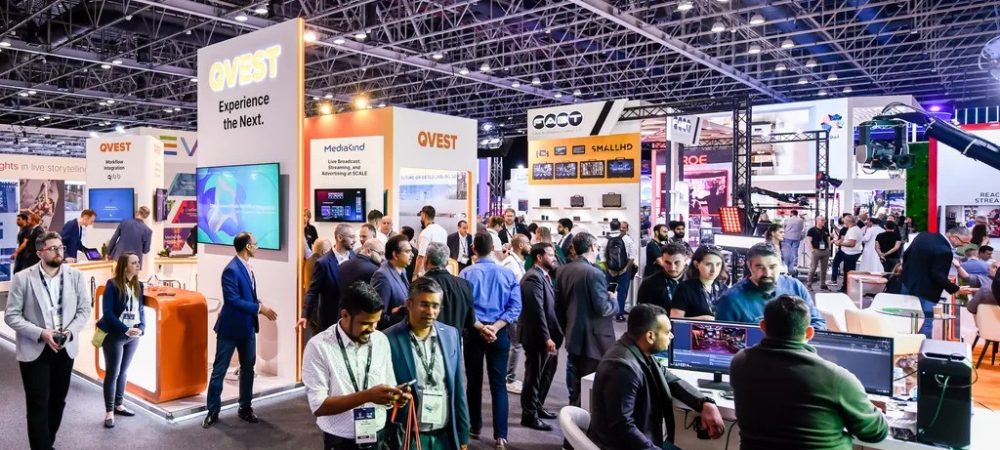Mike Meyer, Managing Director of Portman Partners, explores the issues in the data centre recruitment process and how to tackle this while optimising for diversity.
Only 10% of the two million staff working in today’s data centres are women. With a critical shortage of suitable talent in the industry, that is a huge, missed opportunity.
McKinsey’s ‘Delivering through Diversity’ report shows gender-diverse companies outperformed others by 21%, and ethnically diverse companies were 43% more profitable. Yet within the world of data centres, the potential talent pool is effectively halved because women and ethnic groups are not interested in a career in the industry. If recruitment practices were more inclusive, however, it would help solve the current labour crisis and protect the industry against the impending mass exodus which is on the horizon as 50% of the workforce approaches retirement age within the next ten years.
Disruptive change is coming
Data centres will also face increasing pressure from investors, business partners and regulators, as Environment, Social and Governance (ESG) reporting in Europe and elsewhere, with the ‘S’ including diversity, equity and inclusion (DE&I). That means data centres will come under increasing scrutiny from all its investors and businesses. Europe has already mandated minimum gender quotas for senior-level positions in companies – in the US, NASDAQ-listed firms must have a female director and another director from a minority group.
In truth, for data centres attracting more diverse talent doesn’t just start during recruitment, it starts in the education system. According to UNESCO, only 28% of engineering and 40% of computer science and informatics graduates are female. In the US, only 23% of STEM (science, technology, engineering and mathematics) graduates are from minority ethnic groups. This limits not only the size but also the quality of the graduate talent pool, as girls, for instance, often perform better at these subjects than boys in school.
Young women or people from underrepresented minority groups often face a second obstacle at the start of their STEM career during the recruitment process which is the unconscious bias, to which Nikhil Rathi refers. We are all attracted to people who look or feel similar, have familiar backgrounds and experiences, and so are part of our unconscious ‘tribe’. This affinity bias, as it’s known, seeps into recruitment adverts and job descriptions and leads interviewers to unconsciously favour people who feel like themselves. In white-male-dominated industries, females and those from minority, ethnic and lower socioeconomic groups are far less likely to succeed.
Removing bias from the process
To attract more candidates from these groups, a company-wide structured solution that systematically ‘un-biases’ the process is needed. The hiring team needs to understand any biases it has because of its collective experience, gender, sexual orientation and social background and then address these biases at every stage of recruitment.
Using inclusive language, for instance, in job ads and recruitment communication, will attract more candidates. Job descriptions should have realistic expectations for entry-level positions. If there is sufficient on-the-job training or an apprenticeship scheme, there is no need to write ‘degree preferred’ or specific qualifications, for example, which will encourage more applicants from lower socioeconomic groups and other industries.
Ensure the shortlist of candidates is balanced across gender, ethnicity, minority and socio-economic groups wherever possible. A balanced shortlist of candidates for hiring will help safeguard meritocracy and diversity.
Similarly, interview schedules must consider whether certain social groups may be unconsciously discouraged. Data centres can often be in remote locations so if the interview process involves numerous face-to-face interviews, it can be too costly unless transport is provided or reimbursed.
It is not only the inclusivity of the hiring process itself but all the promotions, project assignments and organisation of the person’s work and career that needs careful consideration. Currently, 50% of women drop out of the IT industry by the age of 35 and as a result, just one-in-20 women in tech will reach a senior leadership level. The situation is probably similar for most minority groups. So, any diversity created at the entry-level is falling out of the pipeline for a diverse leadership team and industry role models in the future.
Also, with over 50% of the workforce due to retire in the next decade, the industry needs to recruit for those more experienced roles from outside the industry. Flexible working is attractive for many candidates returning to work either from full-time parenting or early retirement. Part-time or job-sharing roles could be attractive for these individuals, many of whom have transferable skills from other sectors.
Forward-thinking companies are also using new techniques in their recruitment process, focussing on critical behaviours rather than qualifications and experience. CBRE found it helped attract a larger, more diverse pool of candidates from other industry sectors and other types of roles within the data centre industry. These new recruits were high-performing and successful in its data centre practice, bringing with them a greater diversity of thinking because of the increased ethnic and gender diversity. Portman Partners, a specialist data centre executive search firm, advocates using assessment tools such as the Game Changing Index (GCI), which measures an individual’s natural proclivity or approach to making an impact and contributing to a role, team, or business. GCI can supplement or even supplant the traditional CV or personality test.
Measuring an individual’s proclivities means a young person doesn’t need experience, and an experienced person is not judged solely on past performance. Instead, both are evaluated for their potential to help grow the business. And the assessment doesn’t suffer from unconscious bias. The GCI gauges people’s ability as visionaries and strategists, idea generators and innovators, people whisperers or those who focus on the pursuit of excellence. These are important transferable and innate skills which are important and often missed by traditional assessments. Identifying individuals’ natural talents and ensuring they are used to make a valued contribution will also motivate individuals to stay with the firm which has provided a clear career path based on the talents, which leads to becoming the next generation of role models within the data centre industry.
If a diverse set of role models coming from all walks of life are visible across the industry, it will inspire more recruits from college or other careers to join the sector and stay. The transferable skills brought from different industries, coupled with genuine diversity of thought, will help data centres solve some of the significant issues, such as rapidly building capacity whilst solving its environmental problems and building a resilient workforce. It will help those individuals see how their careers will progress and the opportunities they will have to reimagine a more sustainable version of the data centre industry.
Click below to share this article







